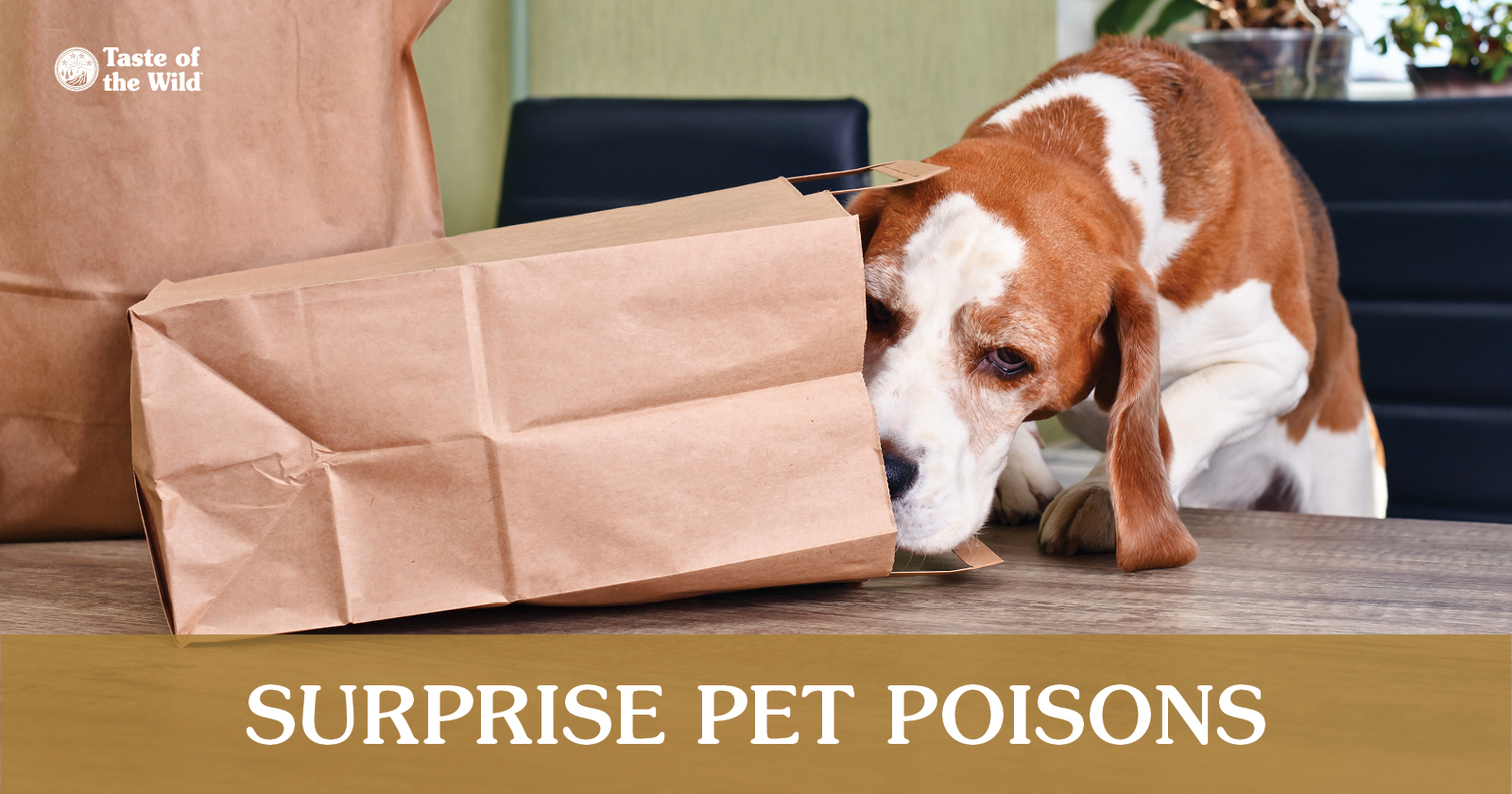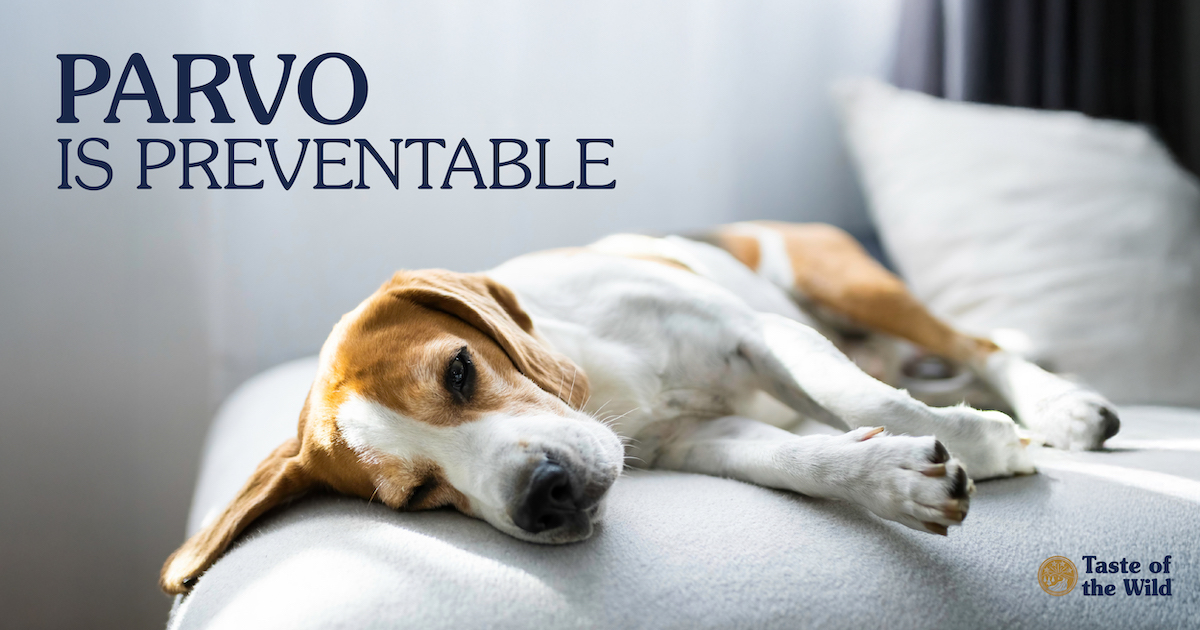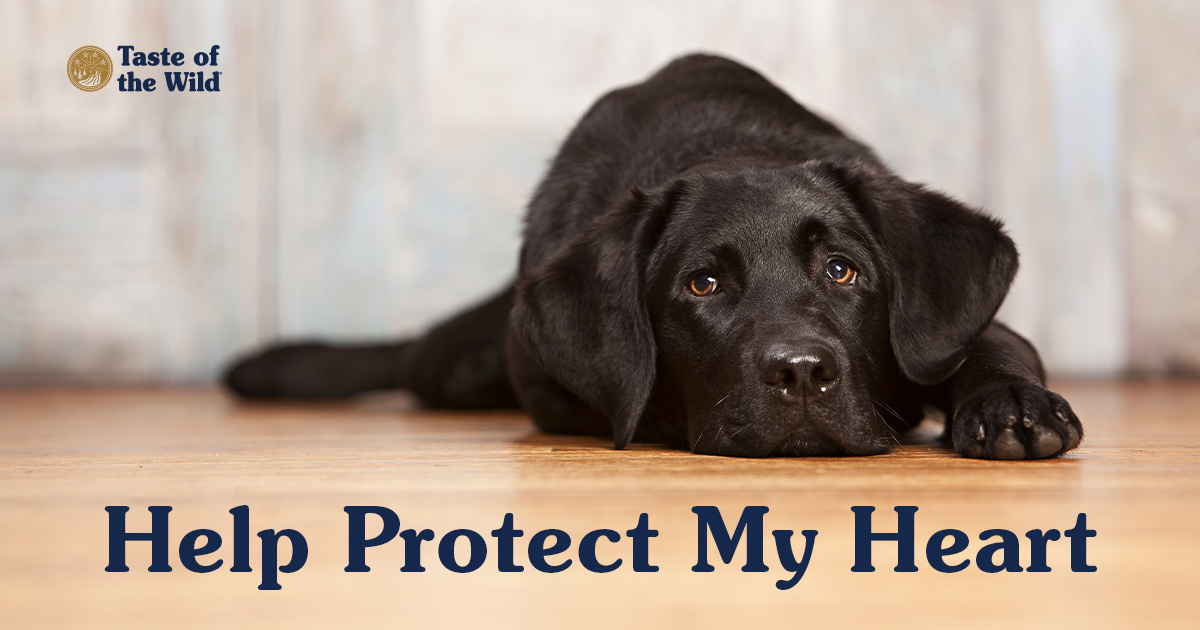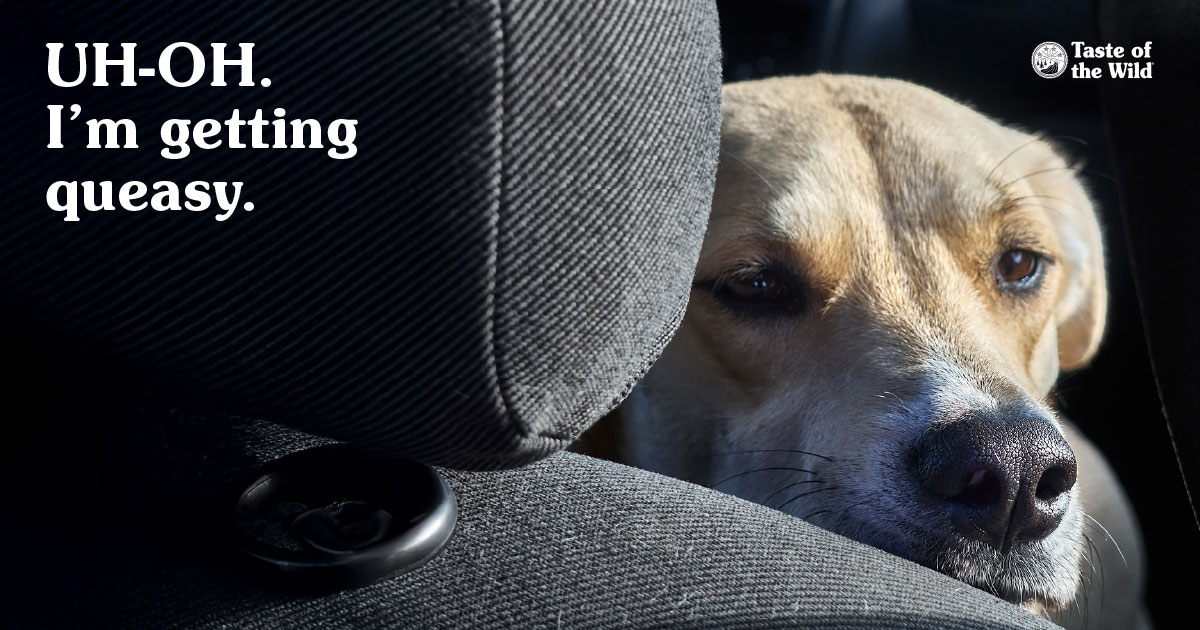Common Household Items That Are Pet Poisons
Thursday, March 17, 2022 | Health

Just like a new parent baby-proofing their home, pet owners are tasked with placing poisonous items out of a furry companion’s reach. Now, you’ve heard about certain plants being poisonous or over-the-counter medicines being fatal to a pet, but what about those items that aren’t such obvious dangers? Don’t fret. That’s where we can help. For Pet Poison Prevention Awareness Month, we’ve provided a checklist of surprisingly poisonous items so you make sure your dwelling is extra safe for Fido, Socks and Daisy.
COMMON HOUSEHOLD ITEMS THAT POSE UNCOMMON PROBLEMS FOR PETS

After going through this list, you may wonder, “How quickly can my four-legged friend become ill if they consume something toxic?” The answer is dependent on 1) which household item was ingested and 2) how much was consumed. If you suspect your pet has ingested something harmful, immediately contact your local vet or the 24-hour Pet Poison Helpline at (855) 764-7661 immediately.
Signs your pet could have ingested something toxic:
- Diarrhea
- Vomiting
- Hypersalivating
- Trouble breathing
- Twitching or irregular body movements
- Changes in appetite, drinking or urinating
- Weakness or collapse associated with low blood sugar
- Lethargy
- Blood in their stool
RELATED POST: Can My Dog Eat That?: Grapes
The information in this blog has been developed with our veterinarian and is designed to help educate pet parents. If you have questions or concerns about your pet’s health or nutrition, please talk with your veterinarian.




